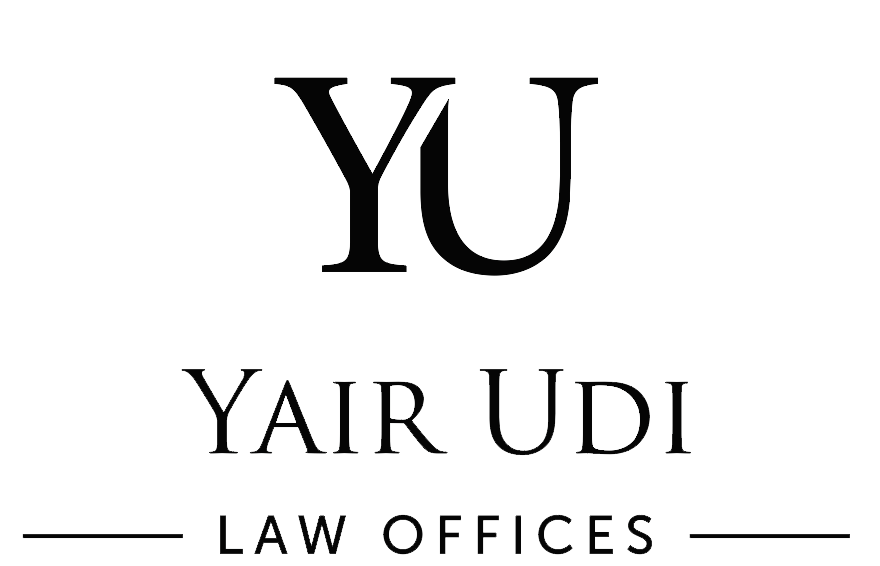Building a business and creating a company is not only exciting, but also a very important process that requires careful planning when protecting shareholders’ interests.
Founders must be sure that their rights are properly secured from the very beginning. That includes their right to quit. Of course, selling a stake in a business is not something you would like to think about at the very beginning, but preventing future conflicts is very important. What if one day you want to sell your share in the business and the other shareholders don’t?
Corporate law has many ways to protect the rights of shareholders, which can provide guarantees in different situations. Let’s focus on the guarantees concerning the alienation or transfer of shares in enterprises.
There are two main concepts associated with the sale of shares in a business that are designed to protect the rights of majority and minority shareholders – the so-called “bring-along” and “tag-along” rights.
In this article, we’ll take a look at the first.
A “bring-along” right (also called a drag-along right) is a clause that can usually be found in a Company’s articles, certificate of incorporation, shareholder or investors agreement, that obliges minority shareholders to sell their shares in the event of a sale of shares by a majority of shareholders on the same conditions.
Why is this provision so important?
In some cases, a potential buyer may wish to acquire the entire company, i.e. 100% of the shares. If a company has several shareholders with different visions of the future of the company, conflicts and misunderstandings can arise. This is where the bring-along right comes into play.
This right protects both the majority of the shareholders requesting to exit and the minority shareholders, being “dragged” or “brought” into the deal. This right allows the former to transfer full control over the company to the buyer, and the latter to be able to sell their shares on the same terms.
As a general rule, in many jurisdictions bring-along rights may not be explicit in laws and must be included in a shareholders (or investment) agreement or company charter. The provisions usually specify the percent of shareholders required to activate the drag right, which usually move around the areas of 60-80%.
The bring-along right may be clearly spelled out in the agreement, and the distinction between the threshold determining the majority and the minority of the shares should be carefully observed. Companies can have different types of shares. The company’s articles of association will outline the ownership, voting and financial rights attached to each share, which may have consequences for the majority and the minority balance.
Under Israeli law, shareholders can adopt a bring-along clause. This is usually being done in the company’s articles of association, or under a shareholders’ agreement.
Section 341 (a) of the Israeli Companies Law 1999-5759 (the “Companies Law”) establishes the general mechanism of a bring-along right (https://www.jewishvirtuallibrary.org/jsource/Politics/CompaniesLaw57591999.pdf):
“Where a person offers to purchase shares or a class of shares in a private company (in this Article “the offeror”), and the shareholders who own eighty percent of the shares to be transferred have consented within two months to the offer, the offeror may, one month after the end of the said two months, give notice, in the manner to be prescribed by the Minister, to every shareholder who did not consent to the offer (in this Article “the opposing shareholder”), stating that he wishes to purchase their shares; in counting the said shareholders, a person having control of the offeror or a person acting on behalf of such person or of the offeror, including relatives or corporations controlled by them, shall not be taken into account”.
However, according to subsection (d) of the same Section, a proportion different from that may be prescribed in the company’s articles of association. That means the shareholders of the company may establish any other percentage of the majority and minority shares for the purpose of bring-along right implication to protect their interests in the best way.
DISCLAIMER
This content is brought to you for informational purposes only, you should not construe any such information or other material as legal, tax, investment, financial, or other advice. Nothing contained on this website constitutes a solicitation, recommendation, endorsement, or offer by any person or any third party service provider to buy or sell any securities or other financial instruments in this or in in any other jurisdiction in which such solicitation or offer would be unlawful under the securities laws of such jurisdiction.
THIS ARTICLE IS PROVIDED FOR INFORMATIONAL PURPOSES ONLY AND DO NOT CONSTITUTE LEGAL ADVICE. THIS ARTICLE IS PROVIDED WITHOUT ANY WARRANTY, EXPRESS OR IMPLIED, INCLUDING AS TO ITS LEGAL EFFECT AND COMPLETENESS. THE INFORMATION SHOULD BE USED AS A GUIDE AND MODIFIED TO MEET YOUR OWN INDIVIDUAL NEEDS AND THE LAWS OF YOUR STATE, BY INDEPENDENT COUNSEL YOU RETAIN. YOUR USE OF ANY INFORMATION CONTAINED IN THIS ARTICLE, IS AT YOUR OWN RISK. WE, OUR EMPLOYEES, CONTRACTORS, OR ATTORNEYS WHO PARTICIPATED IN PROVIDING THE INFORMATION CONTAINED HEREIN, EXPRESSLY DISCLAIM ANY WARRANTY, AND BY DOWNLOADING OR USING OR RELYING ON THIS ARTICLE; NO ATTORNEY-CLIENT RELATIONSHIPS ARE CREATED. DO NOT USE THIS ARTICLE WITHOUT AN INDEPENDENT LAWYER YOU HAVE SPECIFICALLY RETAINED FOR SUCH PURPOSE.
© 2022 Yair Ud

